New York City's homeless figures beat Great Depression 1930s numbers as minted newcomers continue to climb Manhattan's property ladder
Quick, think of how often you've walked past a homeless man or woman on a Manhattan street this year?
If it seems to you their numbers have grown you are absolutely correct, statistics show homelessness in New York City has now reached the highest levels since the Great Depression of the 1930s.
Our subways are suddenly filled with these walking avatars of ruination now, many of them suffering from a range of dangerous psychosis, desperately in need of help that will never come.
Minted Manhattan newcomers
Then contrast these growing hordes of non-people with all the minted newcomers climbing the city property ladder, rushing to lease another high ticket apartment in the latest glass and steel tower to open.
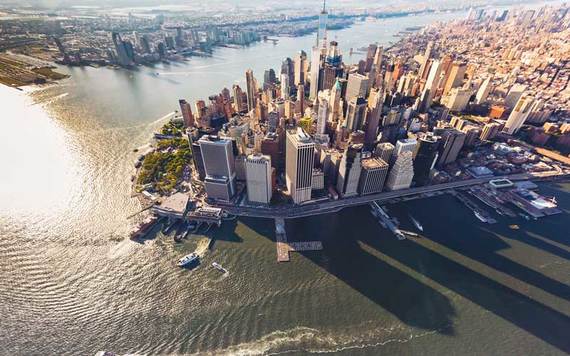
An aerial view of lower Manhattan.
Many of them are the sons and daughters of overseas millionaires and billionaires, conspicuously wearing the designer labels of an overpriced fashion house or carrying armfuls of their flashy haute couture shopping bags.
As these 21-century colonists arrive they, in turn, displace many of those who lived here before them. It's the push and pull of modern capitalism, but these days it has even sharper elbows. The explosion of homelessness here has arrived in tandem with the property boom.
Every day I walk past this ghastly, dystopian dumbshow wondering where it will end. Every day I see more deep-pocketed blow-ins stepping over or around the blow-outs, the people who once fell on hard times and then just kept falling.
Homeless crisis in New York
It's a New York ballet for our times, and it crueler now than perhaps it has ever been. I sometimes have to stand and force myself to look at the sheer number of homeless people I see on our streets now because like most people my instincts try to filter them out.
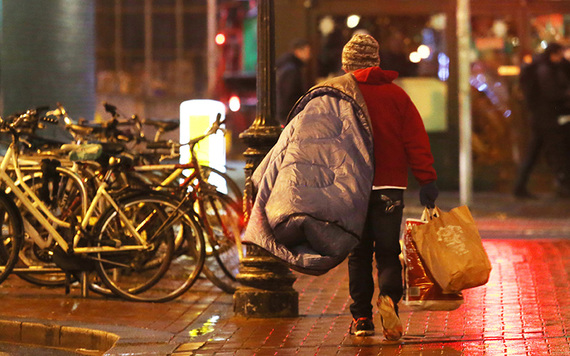
New York City: People are literally being pushed to life on the streets.
We don't like to look because homeless people expose our primal fear of becoming lost, of passing beyond the reach of help, of crossing some final invisible line into an alternate universe that clearly exists within our own but that we refuse to look at directly.
In February 2019, there were 63,615 homeless people, including 15,344 homeless families with 22,717 homeless children, sleeping each night in the New York City shelter system.
Families actually make up three-quarters of the homeless shelter population. The number of homeless New Yorkers sleeping each night in municipal shelters is now 74 percent higher than it was ten years ago.
The number of homeless single adults in New York is 150 percent higher than it was ten years ago. It's an out of control crisis, in other words.
And if this is happening when the economy is supposedly good, what will our city look like when the next downturn hits?
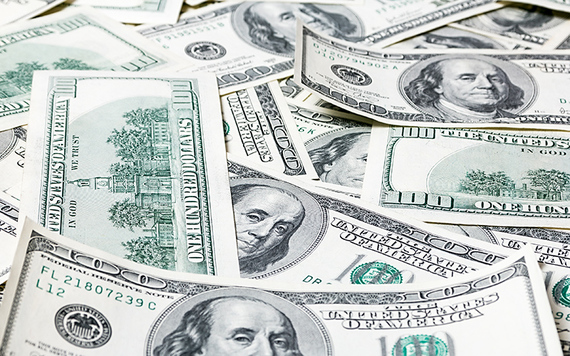
The color of money: US dollar.
Developing investments rather than homes
The culprits are as easy to find as they are predictable. All these tacky, overpriced glass and steel buildings going up all around us have had the same disastrous effect on the property market here as they have had in Dublin.
Property companies have intentionally financialized city housing, turning them into investments as well as homes, making them places to park money as you park your kids.
That raises rents that in turn displace the people who originally lived in those neighborhoods, so Ireland has seen an unprecedented explosion of homelessness for exactly the same reason New York has: the Brazilification of the marketplace, the lousy human greed.
Research shows that the primary cause of homelessness, particularly among families, is the lack of affordable housing. Surveys of homeless families in New York have identified the following immediate, triggering causes of homelessness too: eviction, doubled-up or severely overcrowded housing, domestic violence, job loss, and hazardous housing conditions.
In the past, you could often find alternate accommodation with some degree of comfort, certainly in enough time to avoid all the traps and pitfalls that await you.
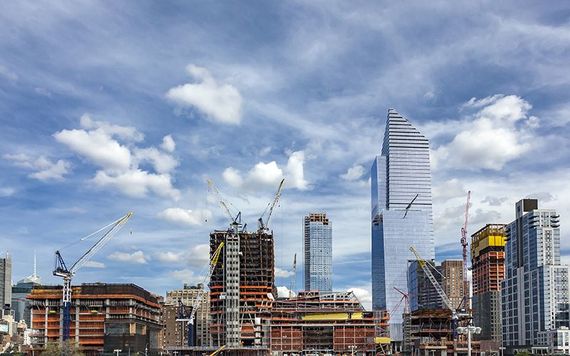
Construction in New York City.
But these days your credit checks and your three months deposits must now be combined with overpriced rent requirements and all the growing competition from minted bidders. Affordable housing is just a dream that city planners forfeited years ago.
It's often said that New York City is a giant never-ending property deal, and that was fine for generations, but the game has quietly changed. Property companies now get big tax breaks for including “affordable” units in their tony developments.
But look closer and you'll see that to qualify and pay the rent for one of these "affordable" units you'll have to make a salary that's many times greater than the cut-off point to actually make a successful bid.
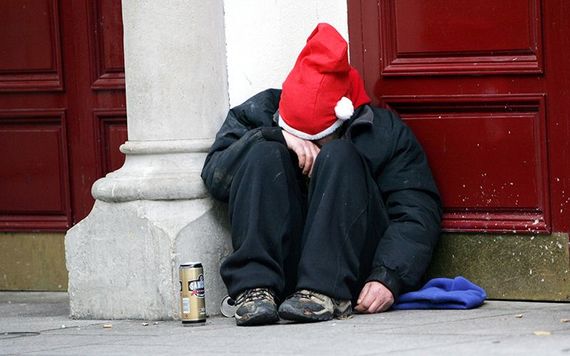
If you actually win a place you won't be able to pay for it, in other words. So it's just another bait and switch that sees the benefits and the tax breaks rise upward as you are directed toward the exit.
Like San Francisco now Manhattan has become another giant lifeboat for the rich, a welcoming place to park their money in property instead of banks, as the rest of us are increasingly being forced to jump ship.
What can be done to solve this homeless crisis? Let us know your thoughts and theories on this crisis in the comments section below.
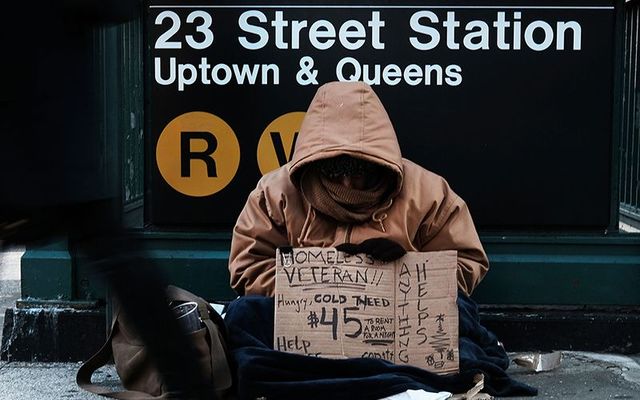



Comments